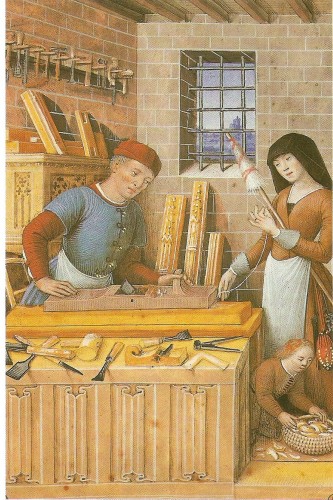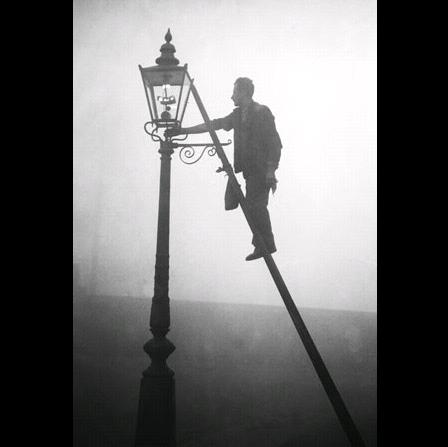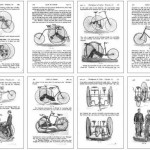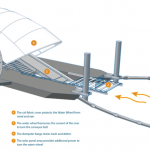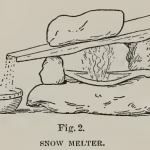“The type of work which modern technology is most successful in reducing or even eliminating is skilful, productive work of human hands, in touch with real materials of one kind or another. In an advanced industrial society, such work has become exceedingly rare, and to make a decent living by doing such work has become virtually impossible. A great part of modern neurosis may be due to this very fact; for the human being, defined by Thomas Aquinas as a being with brains and hands, enjoys nothing more than to be creatively, usefully, productively engaged with both his hands and his brains.”
“Modern technology has deprived man of the kind of work that he enjoys most, and given him plenty of work of a fragmented kind, most of which he does not enjoy at all.”
“All this confirms our suspicion that modern technology, the way it has developed, is developing, and promises further to develop, is showing an increasingly inhuman face, and that we might do well to take stock and reconsider our goals.”
Quoted from: “Small Is Beautiful“, E.F. Schumacher, 1973.
Characteristics of modern technique (2)
Characteristics of modern technique (1)
